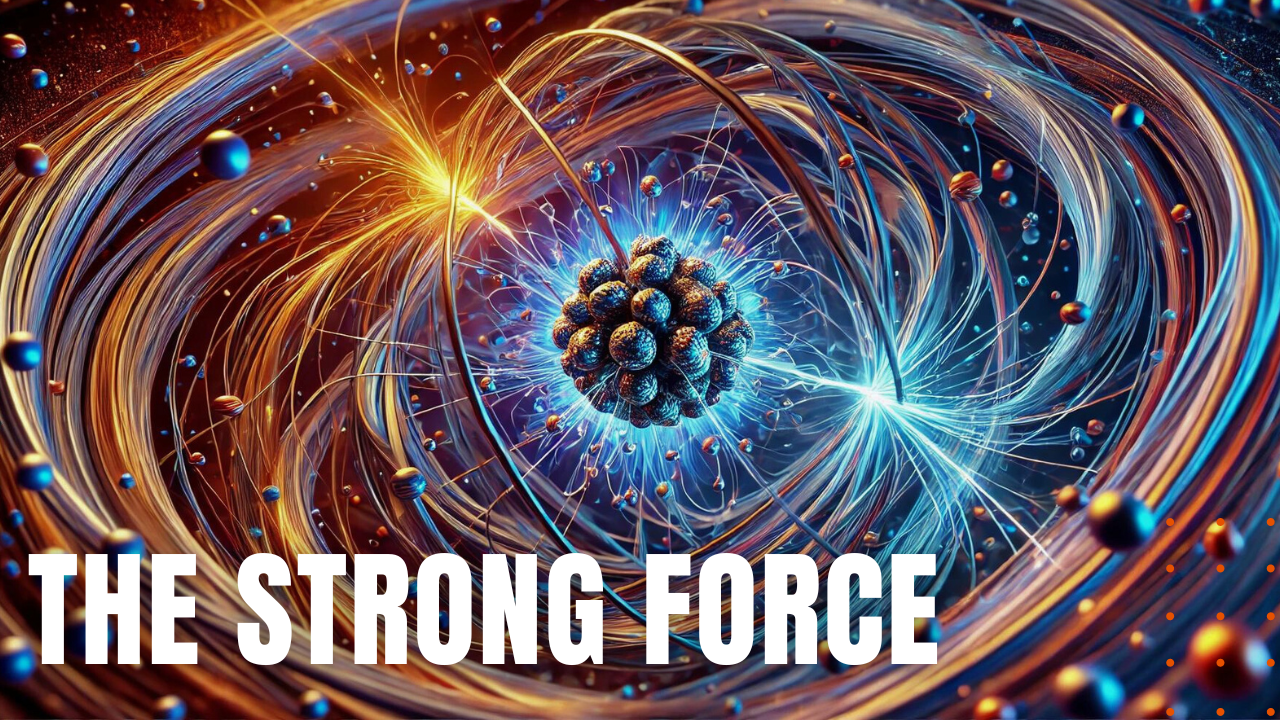The Physics of Strong Force

Strong force or strong interaction is one of the four fundamental forces governing matter in the known universe, along with gravity, electromagnetism and weak nuclear force. Supported by theories first developed in the 1970s and since verified at the Large Hadron Collider near Geneva Switzerland, the Standard Model within theoretical physics maintains that strong force is responsible for holding protons and neutrons together in an atomic nucleus, wherein quarks bind them together to form nucleons. In a branch of physics known as Quantum Chromodynamics or QCD, quarks possess three types of color charges carried by gluons—red, green and blue—which reside in six different states or “flavors;” up, down, charm, strange, top and bottom.
Exchange Particles
While photons mediate electromagnetic force, gluons act as exchange particles behind strong force, which are controlled by eight different types of force carriers, leadings to unique principles such as confinement and asymptotic freedom. Confinement points to the fact that quarks and gluons are never found in isolation, but rather always contained within larger particles such as neutrons, protons and other hadrons, which in turn become stronger and more stable as quarks move apart from each other. Asymptotic freedom, on the other hand, maintains that quarks and their resultant strong force weakens when they come closer to one another. Recently, however, the five-decade-old theory of how particles should behave has come into doubt following the August 2023 publication in Nature entitled “First Observation of 28O.”
RIKEN
Headed by nuclear scientist Yosuke Kondo of the Tokyo Institute of Technology, the scientists performed their experiments at the RIKEN Radioactive Isotope Beam Factory, a cyclotron accelerator in Wako Japan. By combining a powerful set of instruments with some experimental savvy, physicists detected Oxygen-28 for the first time in scientific history, which is an isotope of oxygen that contains 12 extra neutrons packed into its nucleus. Long predicted to be ultra stable, instead, Oxygen-28 decayed within a zepto nanosecond, which is a trillionth of a billionth of a second, leaving physicists baffled by the results, while raising doubts about the validity of theories espoused in the Standard Model, making strong force, an evolving understanding into the building blocks of the universe.
